jteknet
TPF Noob!
- Joined
- Dec 13, 2007
- Messages
- 51
- Reaction score
- 0
- Can others edit my Photos
- Photos OK to edit
I have a D80 with kit lenses (18-55mm and 55-200mm).
I have saved up $150 in my "expand my photography equipment" fund. I think it's time to get something. I've been looking at the Nikkor 50mm f/1.8 AF lens for $129, shipped, at Amazon.
I already have a decent (at best) tripod. I lost my lens cap for my 18-55 and got a UV Filter to keep on it instead. I may invest in another cap but they aren't very much out of my savings.
I have NO lighting. I'm thinking about doing some portraiture so I may need to work on that and backgrounds? I'm actually doing a photo shoot next Saturday at a nearby river. It has some great rocks to shoot on and use as backdrops and I may have a few couples going so that will be fun with swimsuits / trunks posing them against each other in some sexy poses. (I could actually use suggestions for river posing ideas or links to threads)
Anyway, here's a quick recap of what I have currently:
Nikon D80
Kit 18-55 and 55-200mm lenses
Tripod (that sucks)
and a carrying case that is adequate for my needs
Thanks for suggestions in advance
I have saved up $150 in my "expand my photography equipment" fund. I think it's time to get something. I've been looking at the Nikkor 50mm f/1.8 AF lens for $129, shipped, at Amazon.
I already have a decent (at best) tripod. I lost my lens cap for my 18-55 and got a UV Filter to keep on it instead. I may invest in another cap but they aren't very much out of my savings.
I have NO lighting. I'm thinking about doing some portraiture so I may need to work on that and backgrounds? I'm actually doing a photo shoot next Saturday at a nearby river. It has some great rocks to shoot on and use as backdrops and I may have a few couples going so that will be fun with swimsuits / trunks posing them against each other in some sexy poses. (I could actually use suggestions for river posing ideas or links to threads)
Anyway, here's a quick recap of what I have currently:
Nikon D80
Kit 18-55 and 55-200mm lenses
Tripod (that sucks)
and a carrying case that is adequate for my needs
Thanks for suggestions in advance


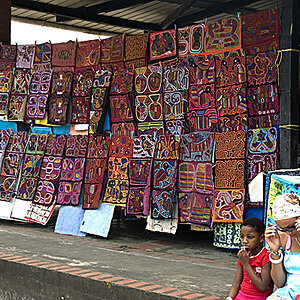
![[No title]](/data/xfmg/thumbnail/33/33906-2f9b24e4b1e1be07f68257916df0f2b3.jpg?1619736208)
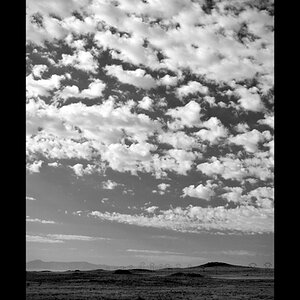
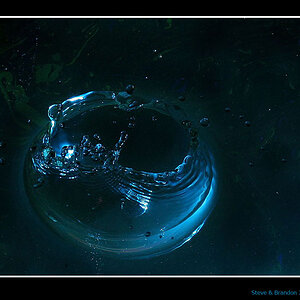
![[No title]](/data/xfmg/thumbnail/35/35262-02f8eba4a2a92dbae0b55547bba80b4f.jpg?1619736968)
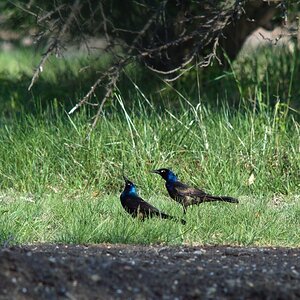
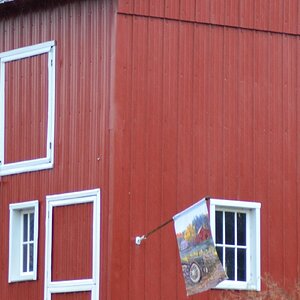
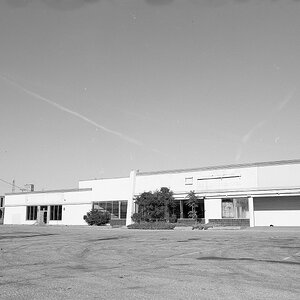
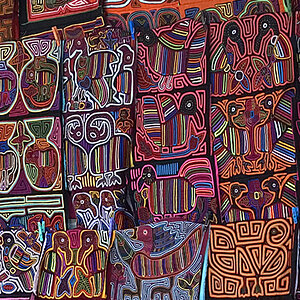
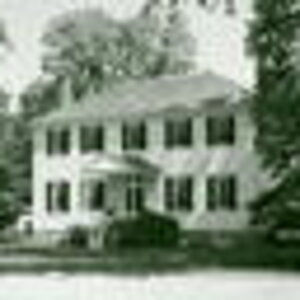
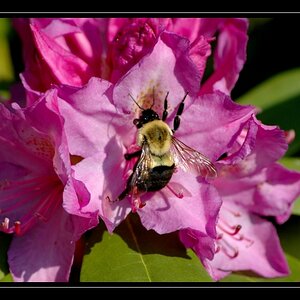
![[No title]](/data/xfmg/thumbnail/35/35265-c9ea3efd2c618a57ea136e63ad106880.jpg?1619736970)